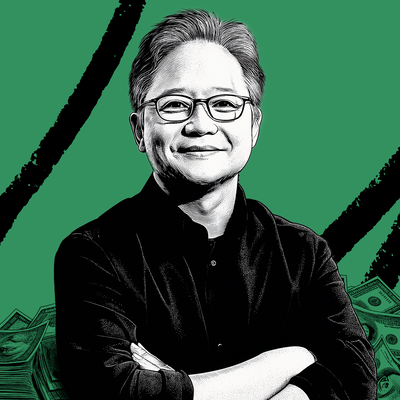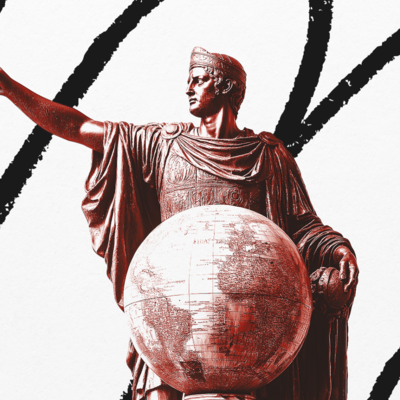
I have an idea for a new type of software company. It is radically different from anything that exists today, and if you read this article closely, you might be able to make millions of dollars. The pitch goes like this:
Software is the greatest business man has ever invented. It is God’s gift to capitalists. The margins? High. The technical difficulty? Surprisingly low. If you follow the strategy proven by hundreds of startups, you can scale a software business to tens of millions of dollars of revenue in less than five years. It’s simple, cash-efficient, and has been the bedrock of tech’s might for decades.
The entire foundation of this mountain of moolah rests on three simple things:
- A back end that has a table of data,
- Logic that performs a set of actions based on that data, and
- A front end that lets a user interact with the results of those actions.
The three together create a virtuous cycle: The user inputs new data or takes some action with the data on the front end, which gets sent to the back end, starting it all over again.
Annnnd that’s kinda it.
The multi-trillion-dollar world of software applications is all based on those three things. The technology is so simple that the majority of value over the last two decades has come not from sci-fi innovations in technology, but from innovations in how we distribute it. But I think that is about to change with a new model of design I call ambient software. If I’m correct, the right founder could completely undercut existing SaaS giants. And that’s where the millions of sweet, sweet dollar bills come in.
What comes after Salesforce?
I categorize enterprise software into two general periods: BS and ASS (Before Salesforce and After Salesforce’s Success).
During the BS era—from the 1960s through 2000—software was installed on premises by professional services teams and sold via license. In 2000, the ASS period began. Salesforce proved that you could deliver software over the internet and create new business models with it. You didn’t have to install the software onto someone’s servers and charge service fees. You could just charge a monthly subscription fee and update the software remotely, generating superior long-term economics. The ASS period, which continues to this day, has birthed many tech winners, especially those that have a good product and a novel distribution strategy—like Slack (which had product-led growth) and Snowflake (which implemented usage-based pricing). Software didn’t need technical innovation to win as much as it did unique distribution.
Accordingly, software adjusted to fit these requirements. Focusing on distribution meant that companies needed to specialize. There was software for salespeople (Salesforce), for surveys (Qualtrics), for restaurants (Toast)—that sort of thing.
If these companies want to grow, they can either expand horizontally (use the same tools to serve a new set of customers with similar problems) or vertically (create new tools that serve other problems its existing customers are facing). For example, a piece of software that helps you tip your barista could expand horizontally by helping other types of retailers implement tipping or vertically by selling other coffee shop software.
Once again, note that the majority of the value comes from little technical innovation and more of a focus on distribution. Now, remember my original pitch: ambient software, in which large language models automate everything but the database away.
Become a paid subscriber to Every to unlock the rest of this piece and learn:
- How LLMs can be used to build an entirely new category of software
- How three of the best startups today are starting this journey
- What markets are best positioned for a founder to go after
The Only Subscription
You Need to
Stay at the
Edge of AI
The essential toolkit for those shaping the future
"This might be the best value you
can get from an AI subscription."
- Jay S.
Join 100,000+ leaders, builders, and innovators

Email address
Already have an account? Sign in
What is included in a subscription?
Daily insights from AI pioneers + early access to powerful AI tools








